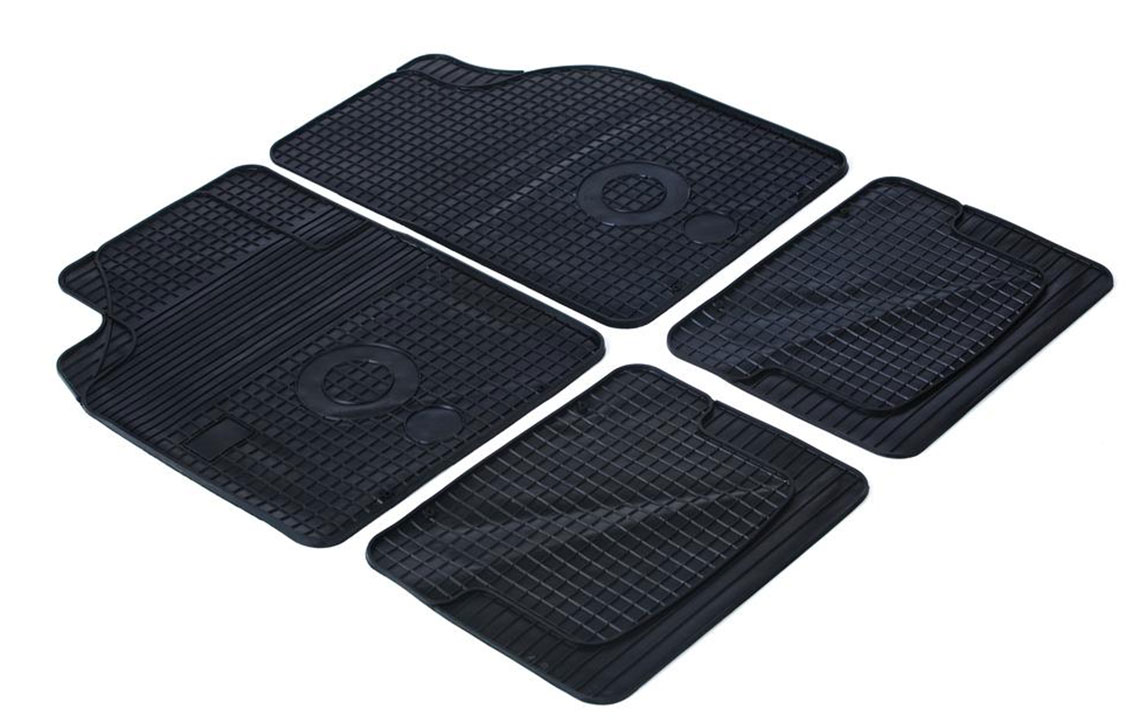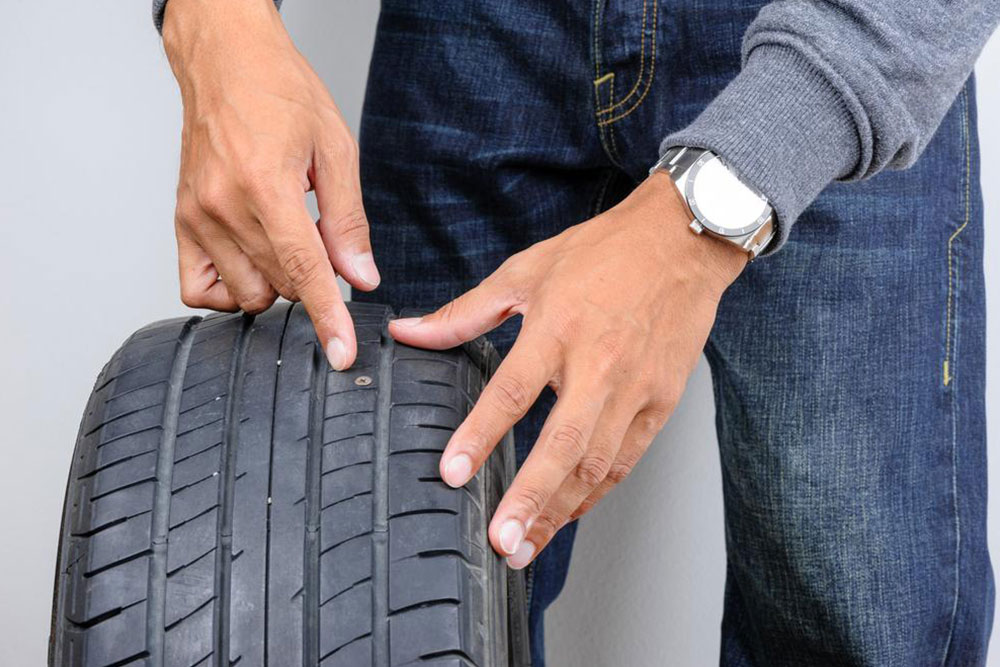Comprehensive Overview of Tubeless Tire Technology and Its Evolution
This comprehensive article explores the history, technological innovations, benefits, and global market trend of tubeless tires. From early patents to modern rapid adoption, learn how tubeless tire technology enhances vehicle safety, durability, and performance. Discover the science behind airtight sealing mechanisms and material advancements that have revolutionized the automotive and cycling industries, making tubeless tires a standard feature worldwide.

An In-Depth Look at the Evolution and Benefits of Tubeless Tire Technology
The development of tubeless tires has revolutionized the automotive and cycling industries, offering enhanced safety, performance, and convenience. While the basic concept dates back to early attempts in the 1930s, significant technological breakthroughs occurred in the mid-20th century, leading to the widespread adoption of tubeless tires today. This article explores the historical advancements, technical principles, material innovations, and the numerous advantages that tubeless tire technology brings to consumers around the world.
**Historical Background and Early Innovations**
The quest to develop reliable tubeless tires began in the 1930s and 1940s, with pioneering efforts in both Europe and Africa. In England, Killen Tire secured a patent in 1930, marking one of the earliest recorded innovations in tubeless tire design. Meanwhile, in South Africa, Wingfoot Corporation, an affiliate of the renowned Goodyear company, obtained a patent in 1944. Despite these breakthroughs, technical hurdles such as maintaining an airtight seal and material durability impeded mass production and commercialization during this period. As a result, early tubeless tires saw limited use and were ultimately discontinued.
**Scientific Breakthroughs Post-World War II**
The pivotal moment in tubeless tire development came in 1952 when Frank Herzegh of BF Goodrich changed the game by patenting a new tubeless tire design. This innovation incorporated chloro-butyl rubber, a synthetic elastomer known for its excellent air retention capabilities compared to natural rubber. The superior sealing properties of chloro-butyl rubber addressed one of the core technical challenges—preventing air leakage while maintaining flexibility and durability under various driving conditions. This advancement laid the foundation for modern tubeless tires, combining safety, efficiency, and longevity.
**Technical Composition and Operational Principles**
At the heart of tubeless tire technology lies a sophisticated sealing mechanism that ensures an airtight environment between the tire and wheel rim. Unlike traditional tires with an inner tube, tubeless tires achieve this seal through precise molding of the bead area, which incorporates molded ridges that grip the rim tightly. The materials used, predominantly butyl rubber or silica-enhanced compounds, play a critical role in minimizing air loss and resisting punctures. The absence of an inner tube simplifies the overall structure, reduces points of failure, and enhances heat dissipation during operation.
**Benefits and Performance Advantages**
Drastic improvements in safety are among the primary advantages of tubeless tires. They significantly reduce the risk of sudden blowouts, as the sealed environment maintains consistent tire pressure even after minor punctures. Moreover, tubeless tires exhibit increased durability, owing to their resistant materials and reinforced bead design, which withstands harsh road conditions. Users benefit from smoother rides and better handling, especially at high speeds or on rugged terrains. Additionally, the reduced need for maintenance and the ability to repair minor punctures with sealant adds to their appeal for everyday users and professional drivers alike.
**Global Adoption and Market Trends**
Today, tubeless tire technology is standard across numerous vehicle types, including passenger cars, motorcycles, trucks, and bicycles. The advantages offered—such as improved safety profiles, better fuel efficiency due to reduced rolling resistance, and enhanced user convenience—have driven widespread adoption worldwide. Manufacturers continue to innovate, developing new materials and designs to further improve performance characteristics and lifespan. As the automotive industry increasingly emphasizes safety and efficiency, tubeless tires are expected to remain at the forefront of tire technology innovation.





